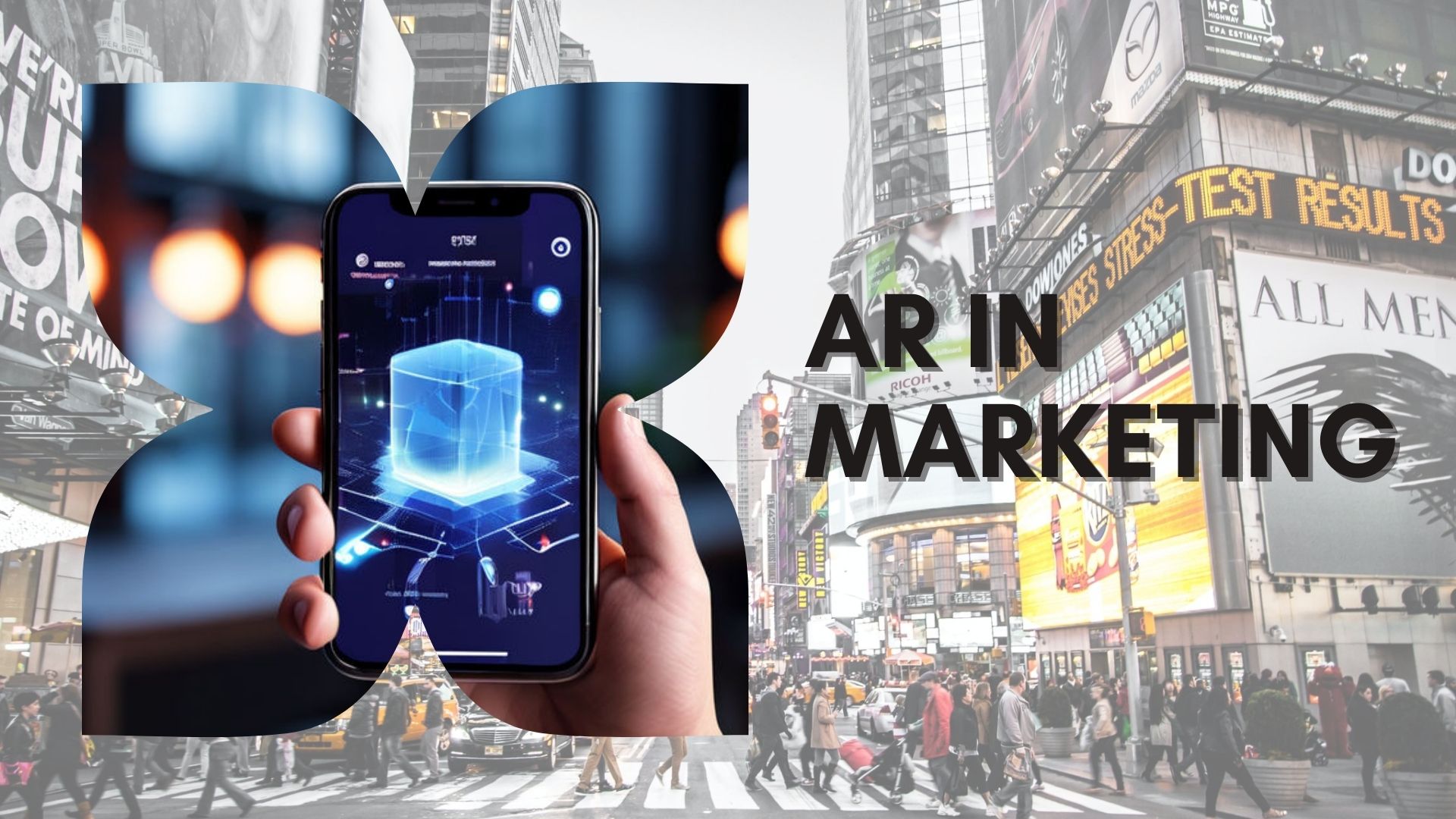
At this point, it’s beginning to become more and more clear that augmented reality is here to stay — and arguably the single biggest change to how we will experience content in the coming years — whether it’s entertainment, shopping, marketing, advertising or anything else you use your mobile phone for right now.
A great article by Chris Horton hit the net today and was featured by Yahoo! It provides some awesome insight into how several key technologies will continue revolutionizing commerce, e-commerce and the consumer retail experience. Read the excerpt regarding augmented reality here:
Augmented Reality: Creating an Enhanced Shopping Experience
Given its mobile-friendly interface, the next logical step for many brands to enhance the shopping experience is to leverage augmented reality technology. According to data from Juniper Research, 60 million users across smartphones, tablets and smart glasses will utilize Augmented Reality apps in 2014; this number is expected to more than triple to 200 million unique users by 2018.
Augmented reality blurs the lines between what is real and what is computer generated; it links the real and virtual worlds, using digital technology to enhance a person’s external surroundings. Augmented reality provides additional information so the user can view the world in a different manner. In this way, augmented reality should be understood as an externally focused digital interface.
Lending to this, nearly all augmented reality tools are apps for mobile devices such as smartphones, tablets or wearables. Augmented reality provides a digitally enhanced view (reality) of the world in which we live and interact on a daily basis. Doing so requires a filter or lens (i.e. a smartphone, tablet, or wearable) to properly distill, or view, this enhanced reality.
Google’s Glass and Innovega’s iOptik lens system are prime examples of wearable AR technology in action, while Amazon’s new iOS app offers a glimpse into the possibilities of augmented-reality shopping. The Amazon app allows shoppers to snap a photo of a product instead of scanning the barcode or typing the name of the item into a search bar. It then pulls up the product from the photo, allowing customers to purchase it instantly.
At its core, augmented reality is all about enhancing the user experience; as such, brands are starting to wake up to the utility of AR to enhance the consumer shopping experience.








